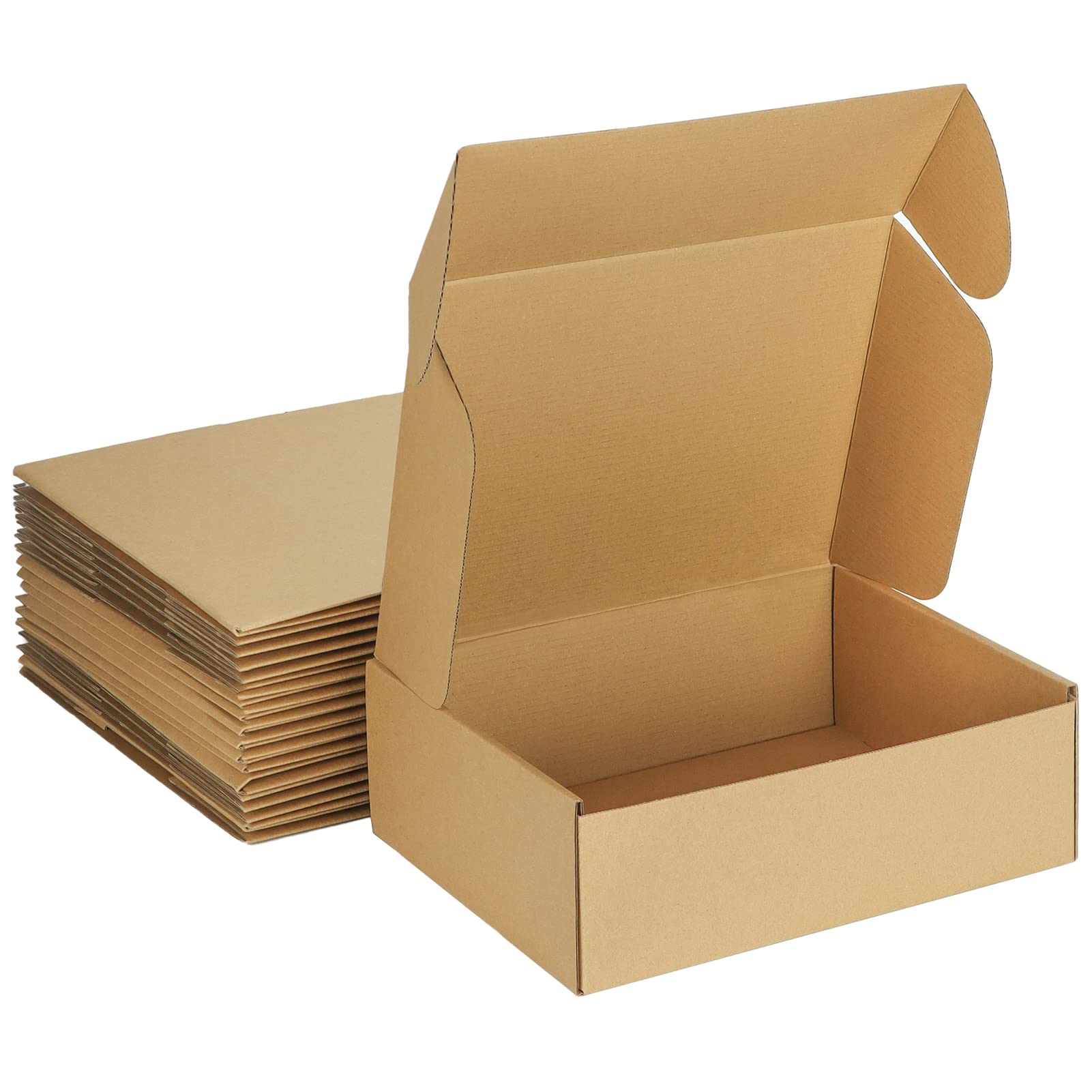When it comes to secure and reliable product delivery, corrugated shipping boxes are among the most widely used packaging solutions across industries. Their durability, structural strength, and adaptability to various products make them a top choice for businesses of all sizes. However, the real advantage of these boxes is amplified when combined with custom inserts. These inserts play a key role in protecting contents during transit, organizing items efficiently, and presenting products in a professional manner. This guide outlines essential details about corrugated shipping boxes with custom inserts and how they benefit businesses aiming for reliable packaging.
Importance of Corrugated Shipping Boxes in Product Protection
Corrugated boxes are known for their layered structure that adds strength while remaining lightweight. For shipping and logistics, this balance between protection and efficiency is essential. The outer fluting, sandwiched between linerboards, helps absorb shocks and prevent damage during handling or transportation.
Why Businesses Choose Corrugated Boxes
Corrugated boxes are widely chosen because they provide the protection required during long-distance travel without adding unnecessary weight. This reduces overall shipping costs while maintaining product safety. The ability to withstand stacking, pressure, and environmental changes such as humidity or temperature fluctuations makes them reliable for various industries including electronics, cosmetics, and food.
Material Structure and Strength
The fluted design of corrugated material provides strength through its engineering. Depending on the type—single-wall, double-wall, or triple-wall—the boxes can support light to heavy contents. The strength also makes them suitable for automated packaging lines and helps them retain their shape during warehousing and transport.
Custom Inserts and Their Role in Packaging
Custom inserts enhance the utility of corrugated boxes by providing internal structure. These inserts can be made from materials like corrugated board, foam, or molded pulp, and are designed to fit the product precisely. They help prevent movement and reduce the risk of breakage, leakage, or abrasion.
Protection and Stability for Fragile Items
For fragile products such as glassware, electronics, or cosmetics, custom inserts are essential. They reduce internal movement and isolate components from direct impact. This lowers the chances of product damage, especially during multi-stop shipping or international freight. Inserts are especially effective when multiple items are placed in a single box.
Organization and Presentation
Beyond protection, inserts also improve organization. They help maintain a neat internal layout, ensuring that each product stays in its designated space. This organization is helpful not only for visual presentation but also for operational purposes such as inventory checks, unpacking, or repacking.
Types of Custom Inserts Used with Corrugated Shipping Boxes
Different products require different levels of support. Choosing the right type of insert ensures maximum protection and professional presentation. Each insert type offers unique advantages depending on the material and structure.
Corrugated Cardboard Inserts
Corrugated cardboard inserts are often used in the same box material for seamless integration. They are lightweight, recyclable, and can be customized with slots, dividers, or compartments. These inserts are commonly used in packaging food jars, candles, supplements, and light electronics.
Foam and Molded Pulp Inserts
Foam inserts provide cushioning and are ideal for delicate or high-value items such as cameras, medical instruments, or watches. Molded pulp inserts, made from recycled paper material, offer eco-friendly support with good shock absorption. These are frequently used in sustainable packaging for home goods and gadgets.
Designing Effective Inserts for Corrugated Boxes
The design phase of custom inserts requires a clear understanding of the product dimensions, weight distribution, and shipping conditions. Poorly designed inserts can lead to product damage or increased packaging costs. It’s important to consider factors like shape, material thickness, and space utilization.
Fit and Tolerance Considerations
Inserts should be designed with exact product measurements to ensure a snug fit. However, slight tolerance is needed to allow for ease of packing and unpacking. Inserts that are too tight can damage the product or delay assembly, while loose inserts can reduce protection during impact.
Compatibility with Automated Packing
For large-scale operations, inserts must be compatible with automation. Inserts that align with conveyor systems and auto-folding mechanisms improve packing speed and consistency. This is especially beneficial in industries where high-volume fulfillment is standard.
Advantages of Custom Inserts for Branding and Efficiency
While protection and structure are primary benefits, custom inserts also contribute to branding and operational efficiency. A well-designed interior enhances the unboxing experience and reflects professionalism.
Improved Customer Experience
When a customer opens a box and sees each item placed securely in its own compartment, it reflects attention to detail. This organized presentation gives the impression of care and quality. For subscription boxes, influencer kits, and product launches, custom inserts can significantly improve first impressions.
Reduced Returns and Replacements
Minimizing damage during shipping not only protects the product but also reduces the cost of returns and replacements. Fewer damaged items mean improved customer satisfaction and lower operational expenses. Inserts play a major role in reducing such incidents.
Eco-Friendly Considerations for Inserts and Corrugated Packaging
Sustainability is increasingly important for businesses and consumers alike. Choosing the right combination of materials for inserts and boxes can reduce environmental impact while maintaining performance.
Recyclable and Biodegradable Options
Cardboard and molded pulp inserts are fully recyclable and biodegradable. They offer a greener alternative to plastic or non-recyclable foam. Using inserts that align with environmental regulations helps companies meet compliance goals and consumer expectations.
Reducing Packaging Waste
Well-designed inserts minimize the need for additional void fillers like plastic wrap, bubble cushioning, or air pillows. By optimizing internal space and structure, businesses can reduce material waste and packaging volume, leading to lower costs and a smaller carbon footprint.
